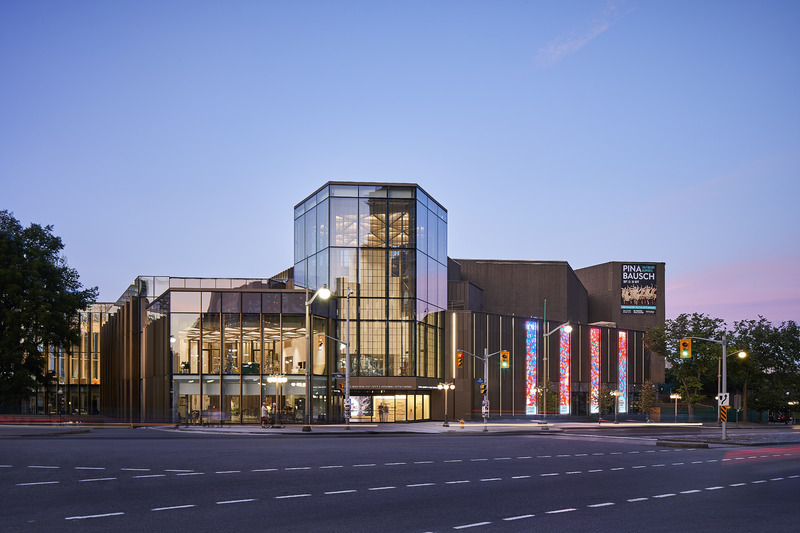Introduction
As arts organizations around the globe grappled with the uncertainties caused by the COVID-19 pandemic, many attempted to raise funds for artists and pivot their services to online platforms such as Facebook, and YouTube. Throughout 2020, the National Arts Centre faced considerable challenges when restrictions prohibited in-person concerts, which of course impacted the orchestra, as well as scheduled guest artists. These were the two main sources of income for the organization. The time-consuming nature of working remotely was also particularly difficult given the lack of an existing internal system for the staff to communicate through prior to the pandemic, which Daphne Burt (Manager of Artistic Planning for the NAC Orchestra) relayed to us in fall 2020.
Despite not having this internal system, however, the NAC had a robust framework for streaming and connecting to communities around the world. Thanks to the groundbreaking work of former NAC Artistic Director, Pinchas Zukerman, and former President and CEO, Peter Herrndorf, the NAC had developed a sophisticated online system in the early 2000s with the goal of bringing music education to youth (Jennings 2019, 350-352). These technologies, managed by the Music Education Department, were of great use to the institution. Drawing on years of experience leading distance/remote educational programming, the Music Education Department led other NAC departments into an online world during the pandemic. Throughout this exhibition, we hope to paint a picture of the transition from analogue to digital across three NAC sectors—Music Education, the NAC Orchestra (NACO), and Popular Music and Variety, showing the ways in which they adapted to virtual programming.

